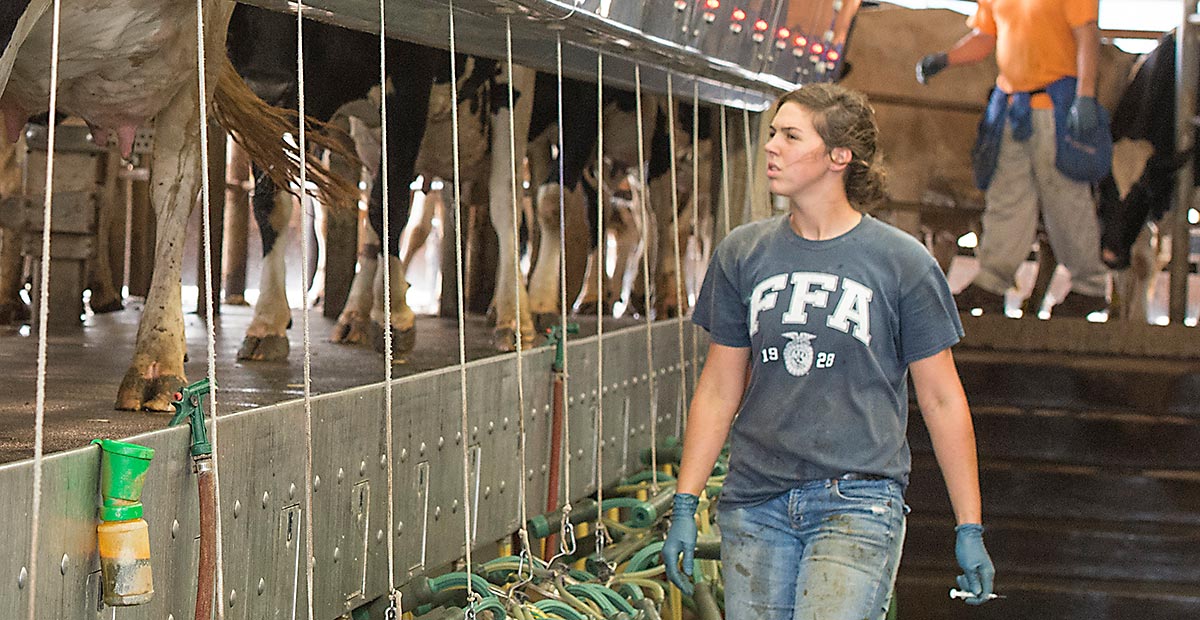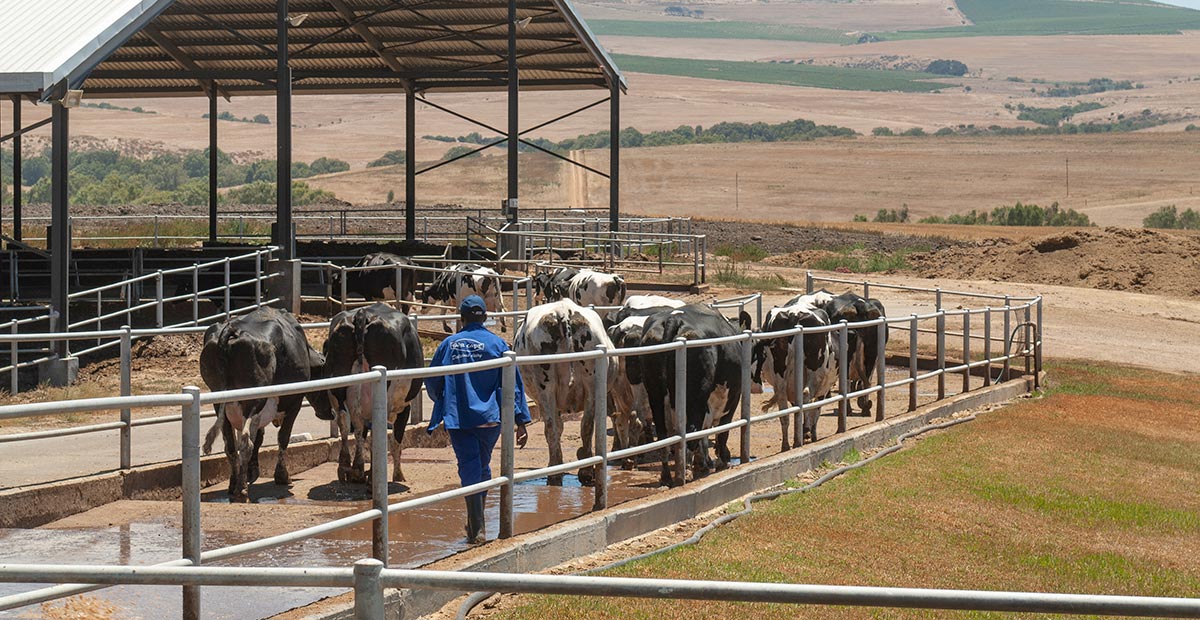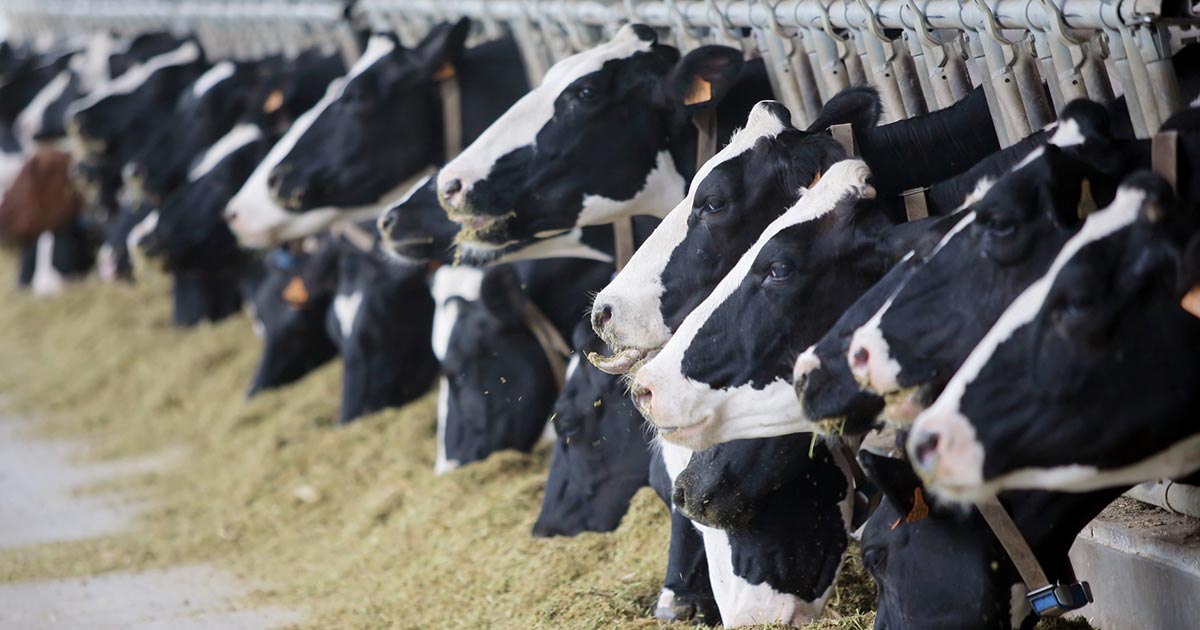This article appeared in Dairy Star.
By Krastyo (Kris) Malinov, Jefo Nutrition Ruminant Technical Sales Manager, Upper Midwest.
Labor management can have a huge impact on a dairy operation’s performance and financial success. For many farms, labor costs constitute 20% or more of the total cost of milk production. That’s why it’s critical for a farm to have protocols in place that attract and retain quality employees and help them to do a good job.
I have a passion for helping producers maximize labor management and reduce stress at the farm level. This passion stems from my prior experiences as a herd manager, coupled with my dairy nutrition work calling on farms of all sizes. I have witnessed many things that work and don’t work when it comes to managing labor. While every farm is different, here are five actions I’ve seen that can help build the right team and maximize labor management.
1) Attract the best employees
When hiring, you want team members you can trust with your cows and your business. On the flip side, employees are looking for a good, stable and low-stress environment to work in. Most also will require detailed wage information, a written job description and step-by-step protocols. You may even include suggested time ranges and specific expectations for each step. I can’t emphasize enough that this description needs to be as clear as possible and thoroughly reviewed during the hiring process. Supplying these details upfront helps ensure you’re eliminating surprises and attracting the right people for your operation. A good prospect will want to work on a properly managed, well-run operation, and providing him or her with actual documents will demonstrate your focus and approach to business and management (if needed, make the documents accessible in multiple languages).
Do you have a benefits package? The following benefits may not be as expensive as you think and can help attract long-term, qualified employees:
- Health insurance
- Paid time off
- Retirement investment opportunities
- Flexibility
I found that during my time managing dairies and then more recently talking with some of my customers, the reality is that only 40-80% of all employees take full advantage of a benefits package. Some employees prefer not to use the benefits or only some of them, while others have better benefits through their spouse or parents. To help make your operation more attractive to key prospects, you may need to offer a benefits package to be competitive in your area.
2) Maximize the training process
Does your farm have an onboarding process? If yes, does it involve the herdsman and other managers? A team approach encourages engagement and a better understanding of the entire process and how everyone fits in. Training should start with an overview of your farm’s vision and mission, followed by your goals. State these goals, repeat them and provide them in writing. Then, demonstrate how things specifically get done on your dairy and encourage questions. Remember farms do things differently, so even if you hire someone with a wealth of experience, you may have to help them learn how to tackle your specific farm management practices.
Provide all standard operating procedures (SOP) in writing. Make it as clear as possible and leave no room for error. Put extra emphasis on herd health, milking, reproduction, animal welfare and nutrition, as dairy operation success depends on how well these systems work together.
Taking the time to develop an onboarding process (and revising it based on new research or updates to your farm) can save you stress in the long run and is worth the extra time and effort.
3) Optimize employee scheduling
Establishing and managing work schedules can directly impact profitability; animal performance, health and welfare; and overall employee morale. It can be a daunting task to coordinate seven days of work shifts for your entire team, but optimizing these schedules is well worth the investment.
Let’s concentrate on the milking schedule, as it’s often the most challenging and labor-intensive position to fill. As you know, cows don’t take a break; they need to get milked and they like a routine. There are a lot of moving parts and important jobs that affect consistency and productivity in the parlor, and that’s why having a set schedule and SOPs are critical.
To emphasize consistency, milking schedules shouldn’t change. However, it’s not feasible for one person to milk every cow every shift. Confirm that everyone has at least one day off. Studies show that providing a work break improves productivity and accuracy. Because unforeseen things can happen and employees get sick or just don’t show up, create a Plan B for emergencies. Make sure your employees understand the importance of jumping in when help is needed.
The goal is to not only maintain a routine, but also maximize milking efficiency without sacrificing milk quality. In parallel or herringbone parlors, there should be 4.5 turns per hour minimum (6 turns per hour is optimal, but hard to achieve). As an example, in a double-9 parlor with 18 cows per turn and 4.5 turns per hour, you should send 81 cows through the parlor per hour (567 cows in 7 hours or 756 cows at 6 turns per hour for 7 hours). The more freedom you have in your system, the more likely you will be able to meet milking goals and maintain a defined, consistent schedule.
However, when things get bogged down in the parlor, scheduling can become complicated, plus you’ll lose milk production because cows are away from feed and not getting enough resting and eating time. Here are a few potential reasons that may be causing problems:
- Lack of milker focus, bad habits
- Design or maintenance flaws
- Animal health issues
- Lack of detailed, scheduled performance reviews
- Poor animal handling due to insufficient training and retraining
4) Prioritize safety and animal handling training
When it comes to general safety and specific animal handling procedures, I’ve found that the farms that implement hands-on training, ongoing education, the use of videos and performance reviews have the most success.
If you’re looking for help, there are tools, training and guidance available through the National Dairy Farmers Assuring Responsible Management (FARM) Program. It’s open to all U.S. dairy farmers and focuses on five program areas:
- Animal care
- Antiobiotic stewardship
- Biosecurity
- Environmental stewardship
- Workforce development
The FARM Program can help you with science-based standards, verifications, metrics and other tools leveraged to improve best management practices. I encourage all farmers to take advantage of these and other educational resources to help employees stay safe and provide excellent animal care.
5) Give feedback
Providing one-on-one evaluations every year (or even every six months) helps maintain efficiency and a positive work ethic. Collect feedback at this time and consider providing a pay increase. Along with annual reviews, weekly/monthly team meetings and ongoing communication help lead to happy and productive empoyees.
In addition, consider other incentives throughout the year tied to performance above and beyond normal requirements. Examples include: lowering the somatic cell count by 10% or decreasing calf mortality by 1%. These are two goals tied to maintaining SOPs and providing extra attention to details. The incentives can be team or individually focused, and they don’t always have to be monetary rewards. A fun pizza party can help employees feel appreciated.
Don’t get discouraged
One of the most difficult tasks on a dairy farm is managing employees. Don’t get discouraged or overwhelmed…even small improvements can produce noticeable results.
At Jefo Nutrition, we’re all about “Life, made easier.” Teamwork is at the heart of everything we stand for and believe. This philosophy can go a long way for you too. Contact us with questions about improving labor management and reducing stress on your farm. Let us know how we can help.



